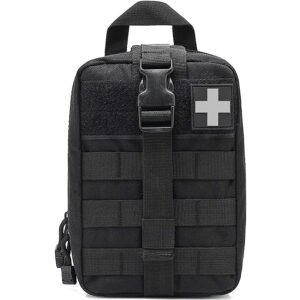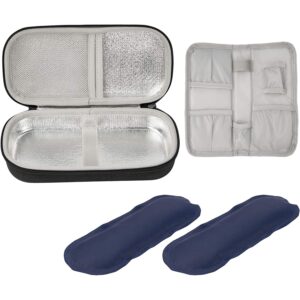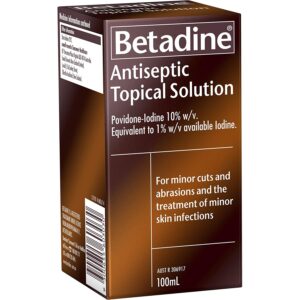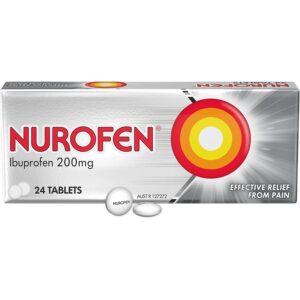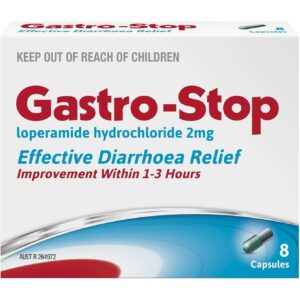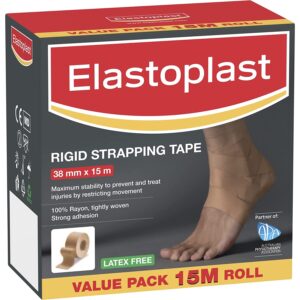Reviewed by health expert Sally Russell, MN, CMSRN, CNE
11 essentials for your DIY first aid kit
Every year, unintentional injuries result in thousands of medical visits. Thankfully, if you’re prepared, many common, mild injuries can be treated with a few medical essentials at home.
You can purchase a ready-made first aid kit or a pre-made emergency survival kit, but it’s also easy to assemble your own emergency kit and personalise it to your family’s needs. When putting together your first aid kit, make sure you have the following eleven essential items.
1. Containers
Price is accurate as of post date. Read full disclaimer.
The first thing you need is a water-resistant container to hold everything. You may want a soft pouch with multiple compartments to keep your items organised. You can reuse a backpack or purchase a first aid bag.
One of the most popular options is the WEDO Tactical MOLLE First Aid Medical Pouch, which features elastic straps, a drawstring bag, and a spacious pocket for smaller supplies.
Along with this primary container, you may also need plastic bags and pill bottles to hold small items and a marker to label them.
2. Personal items
Keep a list of emergency phone numbers, including those for doctors, dentists, local hospitals, and important family contacts. If you or a family member takes refrigerated medication or requires insulin, keep a few doses in your kit, along with a cooler travel case (keep the cold packs in the freezer so they're ready to go when you need them). If you run out of your prescription or can’t make it to the pharmacy, you’ll have a backup supply at home.
A few tips for keeping medications in your emergency kit:
- Keep prescriptions in their original containers so you have all pertinent information on hand, including dosages, warnings, and pharmacist contact details.
- Regularly check the expiration date of medications and replace them as needed. Some need to be replaced every six months.
- If you are storing insulin, keep it in a cool place. You can even pin a sticky note to the outside of your kit to remind you to grab insulin from the fridge so it's not forgotten in your rush out the door, along with your cold packs in the freezer.
3. Antiseptic
Wounds, cuts, and bites should be cleaned immediately to prevent infections and skin irritations. Keep antibacterial soap in your first aid kit, and after washing your hands, use a liquid topical antiseptic solution (like Betadine) to clean the wound.
4. Creams and ointments
Price is accurate as of post date. Read full disclaimer.
Every first aid kit needs a couple of ointments: aloe vera gel and an anti-itch cream.
Aloe vera gel is a must for soothing and treating burns, as it gently moisturises the skin, relieves itching, and reduces any bleeding. Hydrocortisone cream calms itching from bug bites and reduces inflammation and redness due to rashes.
5. Pain relievers
Pain relievers are a necessity for reducing pain from an injury or illness. Keep a bottle of pain relievers on hand: we recommend paracetamol, ibuprofen, or aspirin—or all three.
- Paracetamol also helps with headaches, but unlike aspirin, it’s not an anti-inflammatory, so it won’t help with muscle pain or sprains.
- Ibuprofen can also get rid of headaches, aid joint and muscle pain, lower fevers, and reduce inflammation, making it a great option if you have the flu.
- Aspirin is helpful for headaches, aches, fevers, and joint pain.
6. Over-the-counter medications
You never know when you’ll be hit with food poisoning, catch the flu, experience an allergic reaction, or eat something that doesn’t sit right. While there’s little a doctor can prescribe other than time, over-the-counter medicines can help relieve your symptoms.
Keep antacid tablets and anti-diarrhea medication in your first aid kit to take when you have heartburn, indigestion, an upset stomach, or diarrhea. An antihistamine is helpful if you experience seasonal allergies as it provides relief from sneezing, itching, and a running nose.
7. Bandages and wraps
Price is accurate as of post date. Read full disclaimer.
Every first aid kit needs an array of bandages and wraps to deal with minor cuts, burns, scrapes, sprains, and strains. Rather than visit the doctor for small injuries, you can treat them yourself with the right bandages.
To treat and stop bleeding, your first aid kit should contain assorted adhesive bandages, gauze for larger cuts, an aluminium splint to provide support for injured or sprained limbs, and sports tape to safeguard vulnerable or tender joints.
8. Medical tools
Price is accurate as of post date. Read full disclaimer.
Your first aid kit needs a few basic medical tools. A thermometer is necessary for monitoring your temperature and knowing the difference between feeling ill and needing to go to the doctor.
Keep tweezers on hand to remove splinters or any small foreign objects lodged in your skin. You’ll also need blunt-tip scissors for cutting bandages and gauze without accidentally cutting yourself, and an instant cold compress, which provides quick relief for aches and pains.
9. Hydration tablets
Hydration tablets, like Hydralyte, are a useful addition to your first aid kit.
They help quickly replenish lost electrolytes and fluids, which is crucial when facing dehydration from strenuous activity, heat, or illnesses like gastro that cause vomiting and diarrhoea. Compact and easy to use, hydration tablets ensure you’re prepared to combat dehydration efficiently, whether you're outdoors travelling, or recovering from sickness at home.
10. Insect repellent
Price is accurate as of post date. Read full disclaimer.
Whether you’re exploring the outdoors or staying prepared at home, a good insect repellent provides crucial protection against insect bites, which can lead to discomfort or more serious issues like allergic reactions or diseases spread by mosquitoes, such as dengue or Ross River virus. For hiking or camping, repellent helps keep you safe and comfortable in nature, while having it on hand at home is useful for unexpected insect exposure, especially in warmer months during a summer BBQ. A good quality insect repellent ensures you’re ready to prevent bites and related health concerns, no matter where you are.
11. Snake bite kit
In Australia, where venomous snakes are prevalent, having a kit on hand can be life-saving. A well-equipped kit typically includes bandages and instructions for applying pressure immobilization to slow the spread of venom. Even if you're not venturing into the wild, keeping a snake bite kit at home is a smart precaution, especially in snake-prone regions. Being prepared can make a critical difference in an emergency before medical help arrives.
Final word
Once your first aid kit is assembled, keep it adequately supplied and updated. Every six months, check your supplies and restock or replace as necessary.
Store your first aid kit in an accessible location, and if you have kids, teach them how and when to use the medical supplies. With a fully assembled first aid kit at home, you can treat injuries immediately and kick minor aches and pains to the curb.

